Journey of a Rescued Child
We are committed to the comprehensive care of the children in our program. This means caring for the whole child including physical, emotional, and mental well-being. To this end, we are one of the only organizations in Ghana doing long-term transitional care that benefits the entire family.

